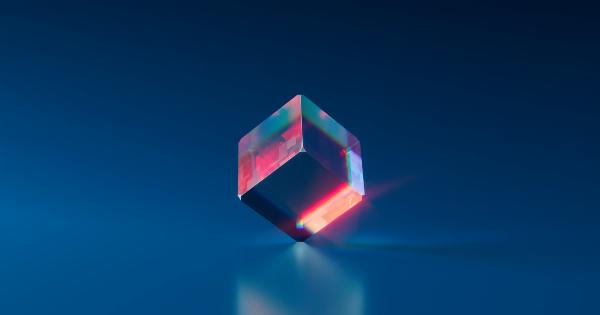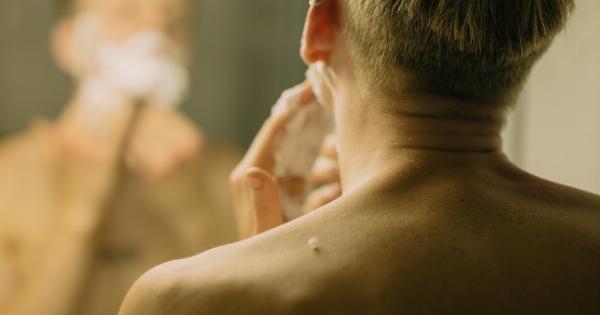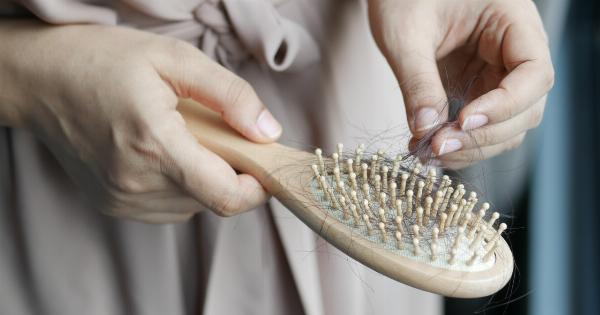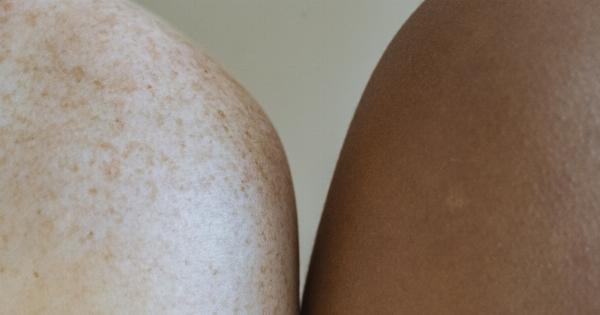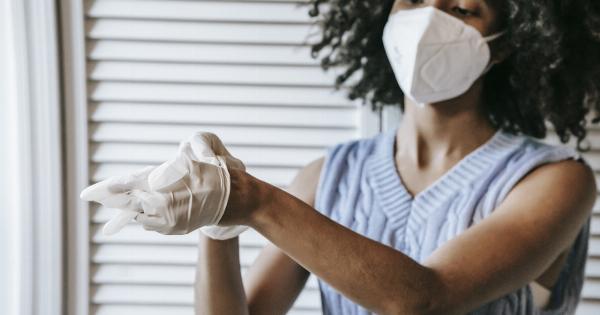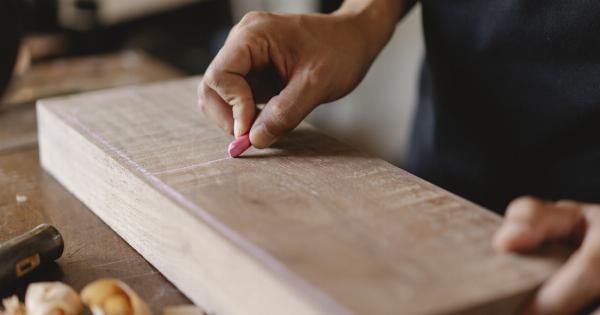For most people, shaving is just a part of their daily routine. It’s fast, easy, and effective in removing unwanted hair. But, like everything else, shaving has its downside.
In this article, we’ll discuss the disadvantages of shaving, its effects on the skin, and some alternatives that can help reduce its negative impact.
The Negative Effects of Shaving
Shaving can cause a number of negative effects on the skin, such as redness, irritation, ingrown hairs, and razor bumps. These effects can be worse for those with sensitive skin.
Shaving can also result in cuts and nicks, which can lead to scarring and infection.
Furthermore, shaving removes the top layer of the skin called the stratum corneum, which acts as a barrier to protect the skin from environmental factors. Because of this, the skin can become dry, flaky, and itchy after shaving.
Razor Bumps and Ingrown Hairs
Razor bumps and ingrown hairs are two more serious side effects of shaving. Razor bumps, also known as razor burn or folliculitis, are caused by irritation to the hair follicle, causing it to become inflamed and red.
They can be painful, itchy, and uncomfortable.
Ingrown hairs occur when the hair grows back into the skin, causing bumps that can be painful and embarrassing. They can also become infected if left untreated.
Alternatives to Shaving
If you’re looking for alternative methods to shaving, consider the following options:.
Waxing
Waxing removes the hair from the root, resulting in smooth skin for a longer period of time. It can be more painful than shaving, and should only be done by a trained professional.
Waxing can also cause redness and irritation, especially for those with sensitive skin.
Laser Hair Removal
Laser hair removal is a permanent way to remove unwanted hair. It’s a more expensive option than other methods, but can be worth it in the long run. It can also be painful, and should only be done by a trained professional.
Depilatory Creams
Depilatory creams are a painless way to remove unwanted hair. They work by dissolving the hair shaft, making it easy to wipe away. However, they can cause irritation and redness, especially for those with sensitive skin. They can also have a strong odor.
Tips for Shaving Safely
If you choose to continue shaving, here are some tips to help minimize its negative effects:.
Use a Sharp Razor
A dull razor can cause cuts, nicks, and razor burn. Make sure to replace your razor blades frequently to ensure a sharp, clean shave.
Exfoliate Before Shaving
Exfoliating before shaving can help remove dead skin cells and prevent ingrown hairs. You can use a body scrub or gently rub your skin with a washcloth or loofah.
Apply Shaving Cream
Using a shaving cream or gel will help lubricate the skin, making it easier to shave without causing cuts or nicks.
Shave in the Direction of Hair Growth
Shaving in the direction of hair growth will help prevent ingrown hairs and razor bumps.
Moisturize After Shaving
Moisturizing after shaving can help soothe the skin and prevent dryness and irritation. You can use a lotion or oil that’s specifically designed for sensitive skin.
Conclusion
Shaving may be a quick and easy way to remove unwanted hair, but it has its downsides. It can cause redness, irritation, ingrown hairs, and razor bumps.
If you’re looking for alternative methods, consider waxing, laser hair removal, or depilatory creams. If you choose to continue shaving, make sure to use a sharp razor, exfoliate before shaving, apply shaving cream, shave in the direction of hair growth, and moisturize after shaving.


